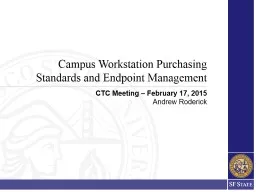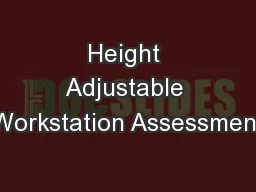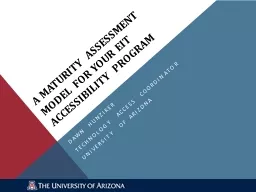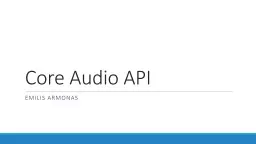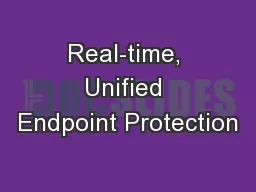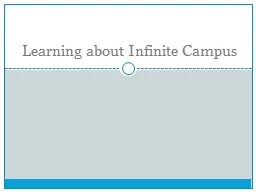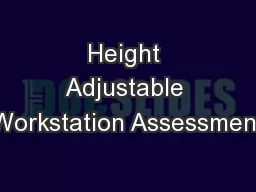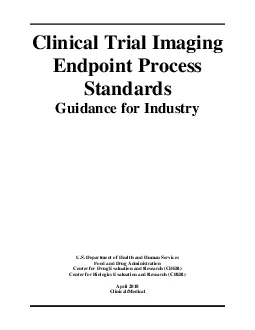PPT-Campus Workstation Purchasing Standards and Endpoint Manage
Author : lois-ondreau | Published Date : 2018-01-16
CTC Meeting February 17 2015 Andrew Roderick Agenda Endpoint Management What is Endpoint Management Current Campus Activity Workstation Purchasing Standards Why
Presentation Embed Code
Download Presentation
Download Presentation The PPT/PDF document "Campus Workstation Purchasing Standards ..." is the property of its rightful owner. Permission is granted to download and print the materials on this website for personal, non-commercial use only, and to display it on your personal computer provided you do not modify the materials and that you retain all copyright notices contained in the materials. By downloading content from our website, you accept the terms of this agreement.
Campus Workstation Purchasing Standards and Endpoint Manage: Transcript
Download Rules Of Document
"Campus Workstation Purchasing Standards and Endpoint Manage"The content belongs to its owner. You may download and print it for personal use, without modification, and keep all copyright notices. By downloading, you agree to these terms.
Related Documents

